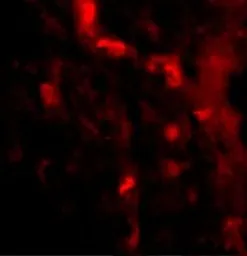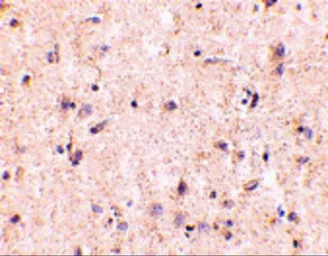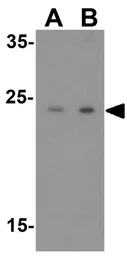IRGM antibody
Cat. No. GTX85038
Cat. No. GTX85038
-
HostRabbit
-
ClonalityPolyclonal
-
IsotypeIgG
-
ApplicationsWB IHC-P ELISA
-
ReactivityHuman, Mouse, Rat


